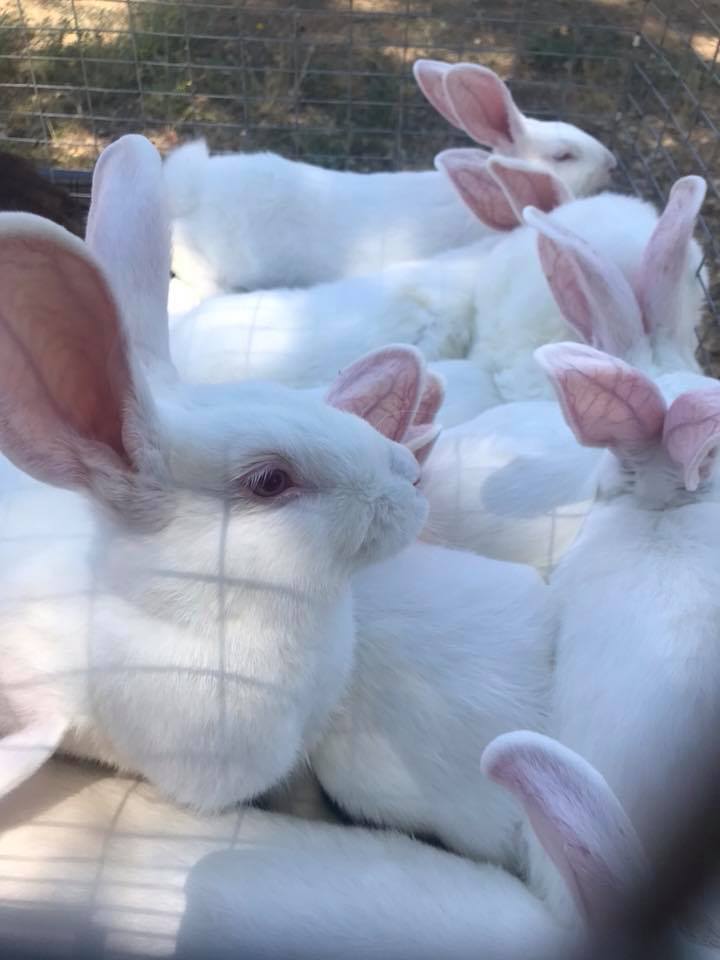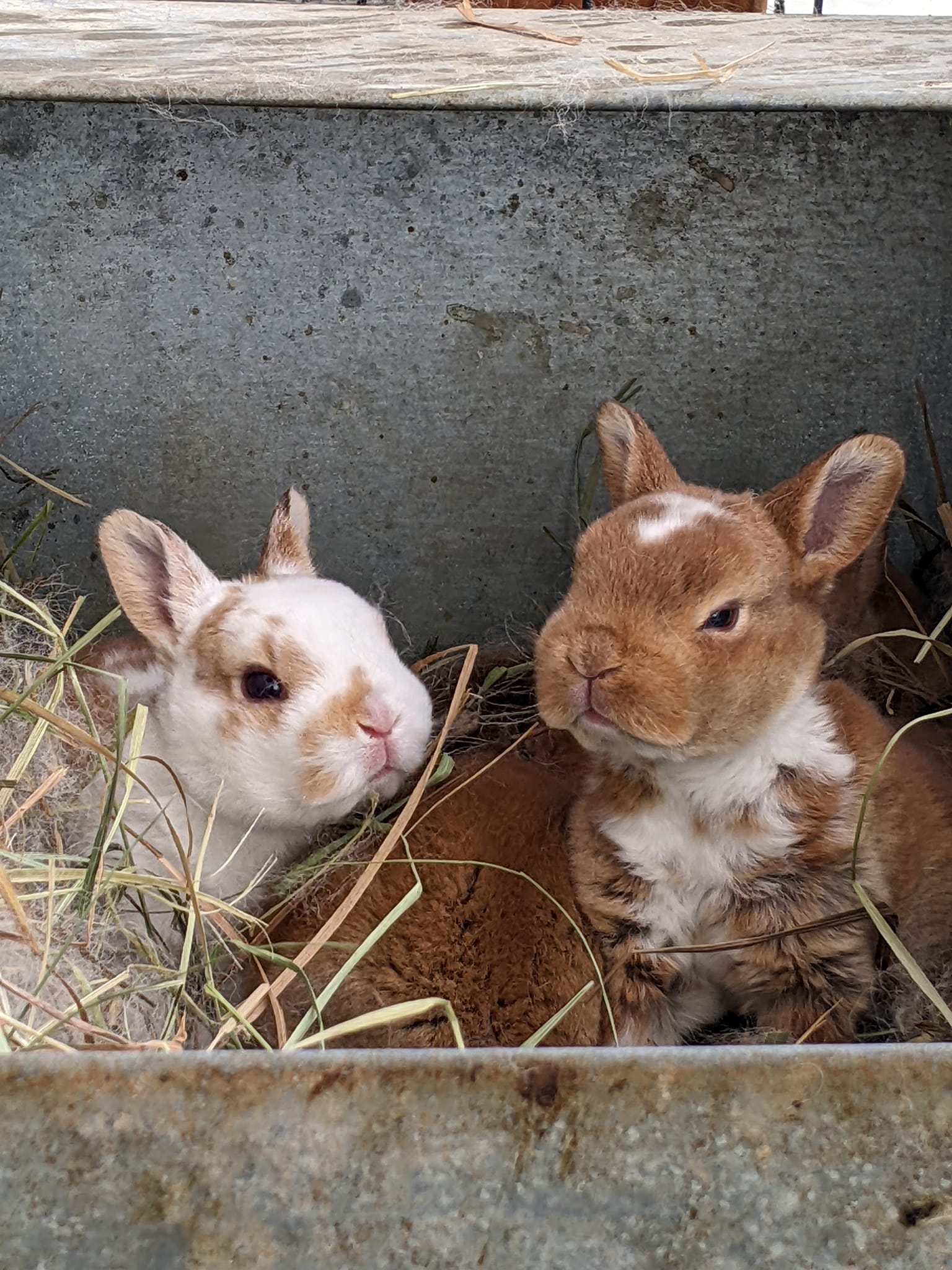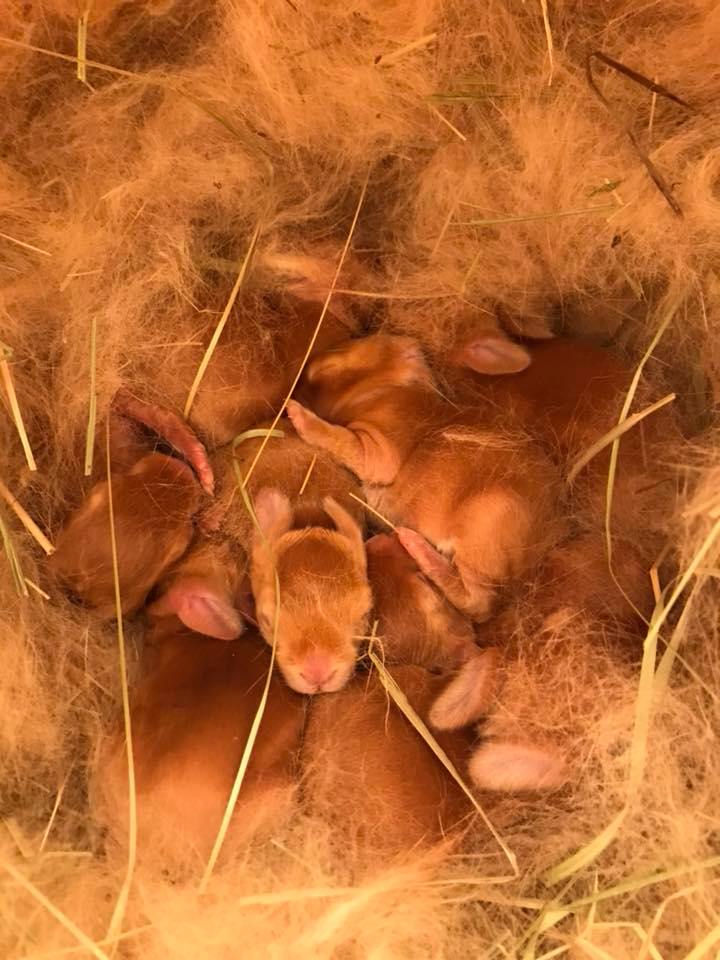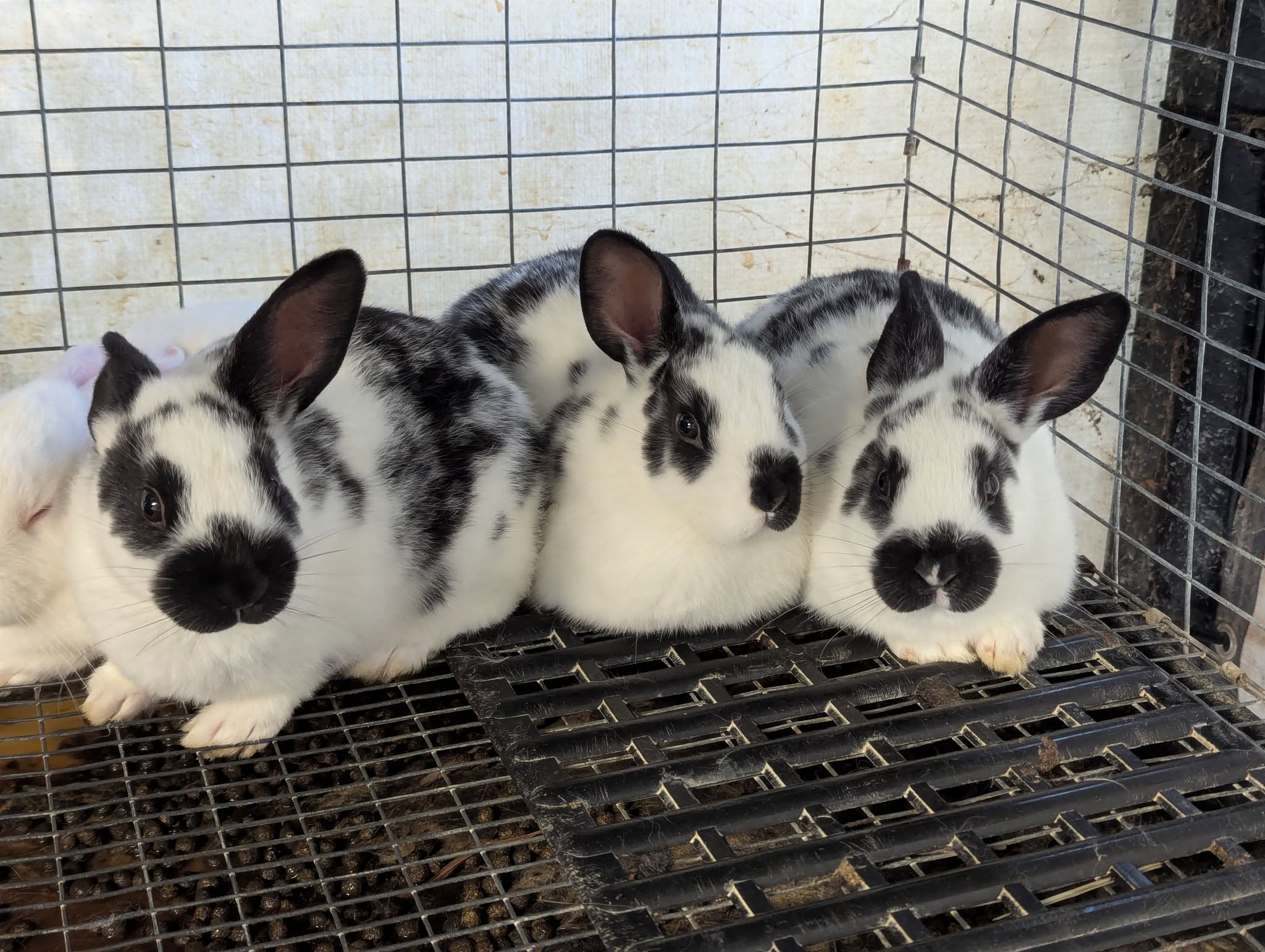Your cart is currently empty!
Author: jnovembri
-
Things Poisonous to Rabbits
Toxic Foods Toxic Plants Toxic Household Items If you ever suspect your rabbit has ingested something toxic, contact a veterinarian immediately! Early intervention can save their life. Keeping your rabbit’s environment safe, chemical-free, and plant-monitored ensures a happy and healthy bunny. 🐰💕
-
Types of Nest Boxes and Bedding for Rabbits: Ensuring Comfort and Safety
Providing a comfortable and secure nesting environment is essential for rabbits, whether they are pregnant does preparing to give birth or simply looking for a cozy resting spot. A well-chosen nest box and bedding can keep rabbits warm, safe, and stress-free. This article explores the various types of nest boxes, their materials, and the best…
-
Wry Neck in Rabbits: Causes, Symptoms, Treatment, and Prevention
Wry neck, scientifically known as torticollis, is a condition that causes a rabbit’s head to tilt to one side. It can significantly affect a rabbit’s balance, coordination, and overall quality of life. While the sight of a rabbit with a twisted neck can be alarming, prompt veterinary care can improve outcomes. This article explores the…
-

Rabbit Snuffles: Causes, Symptoms, Treatment, and Prevention
Rabbit snuffles is a common yet serious respiratory condition that affects rabbits of all ages and breeds. Often caused by bacterial infections, snuffles can lead to a range of symptoms, from sneezing and nasal discharge to more severe complications like pneumonia or abscesses. Understanding this condition is crucial for rabbit owners, as early detection and…
-

Gastrointestinal Stasis in Rabbits: Understanding, Treating, and Preventing a Common Health Concern
Gastrointestinal stasis (GI stasis) is one of the most common and potentially life-threatening health issues that can affect rabbits. This condition occurs when the normal movement of the digestive system slows down or stops entirely, leading to significant discomfort, nutritional deficiencies, and other complications. As prey animals, rabbits are masters at hiding signs of illness,…
-

Rabbit Coccidiosis: Causes, Symptoms, Treatment, and Prevention
Rabbit coccidiosis is a widespread and potentially serious parasitic disease caused by protozoan parasites of the genus Eimeria. These parasites invade the intestinal tract or liver of rabbits, leading to varying degrees of illness. While some rabbits may carry the parasites without showing symptoms, others—especially young or immunocompromised rabbits—can suffer severe health consequences. This article…
-

Rabbit Ear Mites: Causes, Symptoms, Treatment, and Prevention
Rabbit ear mites, scientifically known as Psoroptes cuniculi, are tiny parasites that infest the ear canal of rabbits, causing discomfort, irritation, and potentially severe health complications if left untreated. These mites are highly contagious and can spread rapidly among rabbits, making early detection and treatment crucial. This article provides a comprehensive guide to understanding, treating,…
-

Rabbit Hemorrhagic Disease Virus Type 2 (RHDV2): A Comprehensive Guide
Rabbit Hemorrhagic Disease Virus Type 2 (RHDV2) is a highly contagious and often fatal viral disease that affects both domestic and wild rabbits, as well as hares. Since its emergence, RHDV2 has posed significant challenges to rabbit populations worldwide, with devastating impacts on ecosystems, pet owners, and rabbit breeders. This article provides an in-depth exploration…
-

Mastitis in Rabbits: A Comprehensive Analysis of Causes, Symptoms, Treatment, and Prevention
Mastitis is a significant and serious health issue in rabbits, characterized by inflammation of the mammary glands. While it predominantly affects lactating does (female rabbits) after giving birth, the condition may also manifest in non-lactating females under certain circumstances. Mastitis can escalate into a life-threatening situation if not addressed promptly. Understanding mastitis—including its causes, symptoms,…
-

Comprehensive Guide to Treating Rabbit Diseases
Rabbits are delicate, social, and highly intelligent animals that make wonderful companions and valuable livestock. Despite their vibrant personalities and adaptability, they are susceptible to a range of diseases, many of which require immediate attention. This comprehensive guide covers common rabbit diseases, their symptoms, treatment methods, and preventive measures to ensure your furry friends lead…
